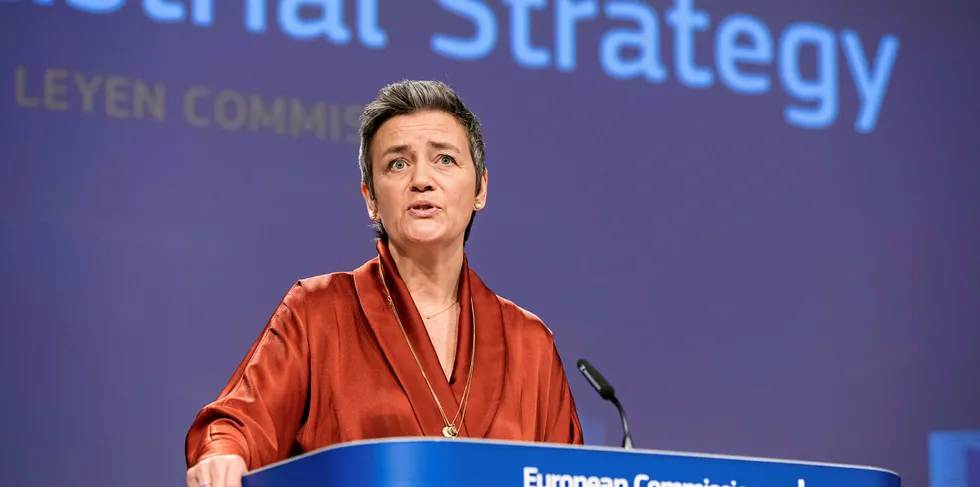More aggressive EU industrial strategy to back renewables and hydrogen
The bloc's attempt to assert itself places clean energy centre stage, but industries want to see actions not words, writes Bernd Radowitz

The bloc's attempt to assert itself places clean energy centre stage, but industries want to see actions not words, writes Bernd Radowitz
